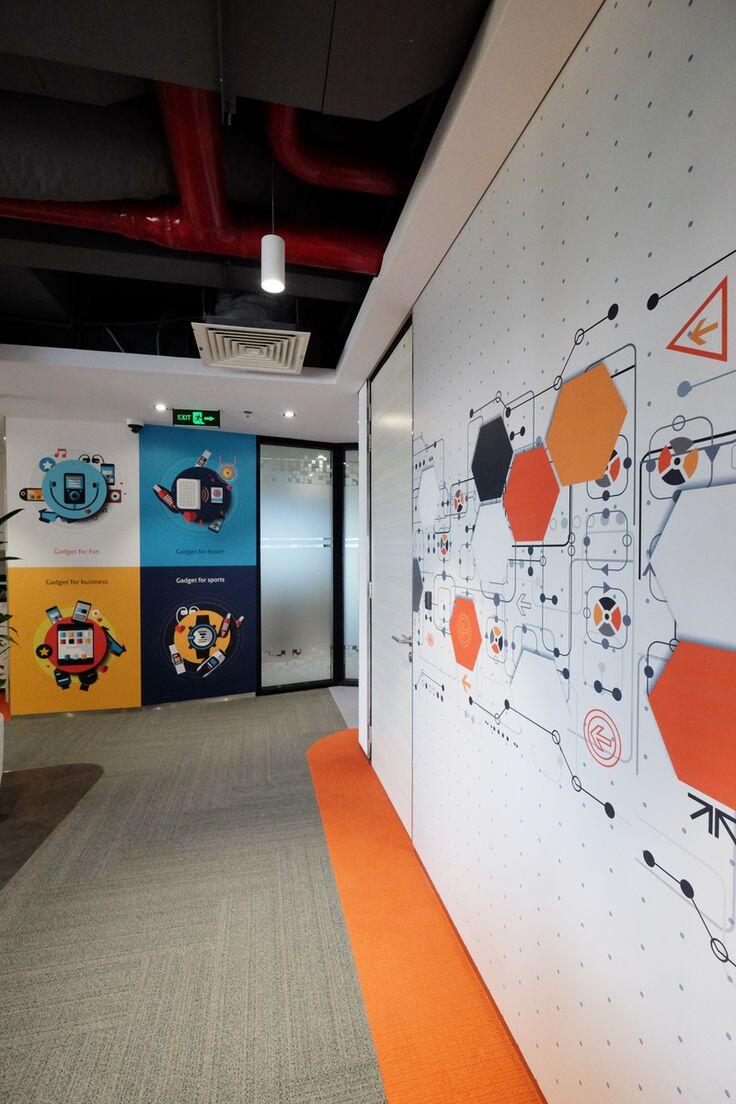Many companies struggle with how to make their data more visible and accessible to employees. Even once the data is available in BI dashboards, it is often still difficult to get people to change their daily habits and start using a new system as part of their day-to-day activities, and organizations are looking for new ways to bring data into the hands of more end users.
Putting Data In Your Face
Several of our clients have found a simple but innovative solution to the issue of data visibility: namely, displaying their BI dashboards on television monitors placed in prominent locations across the organization. When the monitors are placed strategically, employees will not be able to ignore data when it is literally staring them in the face.
Dashboards on Television Monitors: What Is It Good For?
Here are some of the goals you should hope to achieve by implementing a “dashboards on the big screen” project:
- Transparency: Everyone can track important processes within the department and determine whether its goals are being achieved. This can increase employees’ commitment to the organization and their sense of mission, and help them understand and accept decisions made by management.
- Efficiency: By presenting the current state of operations and highlighting what needs to be improved, team members (such as salespeople and support reps) understand where they are performing well and where they should invest additional efforts. Having this data in front of them in visual form is a constant reminder to what needs to be done, and unlike emails or weekly reports – one that cannot be easily ignored.
- Motivation and gamification: People are competitive by nature and having achievements displayed publicly is a great motivator for success.
There are many other ways to use dashboard visualization in the workplace. For example, the Sisense Community offers great tips and tools to help you embed interactive dashboards in your powerpoints.
Implementation Tips and Tricks
If you’re using Sisense, or another business intelligence software that generates browser-based dashboards, setup is fairly straightforward, requiring only a device with a web browser and an HDMI cable. But there are a few things you should keep in mind, including:
Display correct data
This seems like a no-brainer for any business intelligence endeavor, but when you’re exposing the data to entire departments, showing the wrong numbers could be a major source of embarrassment. Make sure to verify the data in advance before setting up the monitors.
Don’t overcomplicate
Remember, your target audience aren’t necessarily all data analysts or engineers. Keep things simple and easy to understand for laymen, while still presenting information that is detailed and interesting enough to provide actionable takeaways upon brief examination. Decide on the most important metrics to display and stick to them, knowing when to say “no” to requests from various team members.
Monitor your monitors
Getting your dashboards up on display is nice, but that doesn’t mean you should rest on the laurels. Make sure to keep an eye out for which departments are using their dashboards and in which they have become a form of ornamental wall decorations. If certain displays or metrics aren’t generating value, shake things up: start presenting another set of metrics, or change the visual layout of existing ones.








